How to take great photos of boring subjects
Most of us don't live in areas surrounded by beautiful vistas. We don't have a list of models (or willing friends / family) that are happy to pose for use whenever we feel like some portrait photography. And you might feel that you don't really have anything interesting around you worth photographing at all.
While a beautiful location or model can make getting a great photo easier, they're certainly not essential. In this article we'll look at taking great photos of boring subjects.
Is the subject only boring to you?
The first question you should ask yourself is, is the subject only boring to yourself? If you live somewhere and see the same things day in day out, they can become quite boring. But to someone else, particularly someone from a different culture or country, these things may be very interesting.
Documentary photography of every day life (which Street photography could also be classed under) sounds like it would be quite boring. But in actuality, these photos can be very interesting.

Fish? by Johnragai on flickr (licensed CC-BY)
Generally, just quickly snapping shots of everyday life without thinking about the shots will result in boring photos. Think about the composition - where objects will be placed in the frame. If shooting in or near a building, think about using windows or doorways to frame your subjects as well.
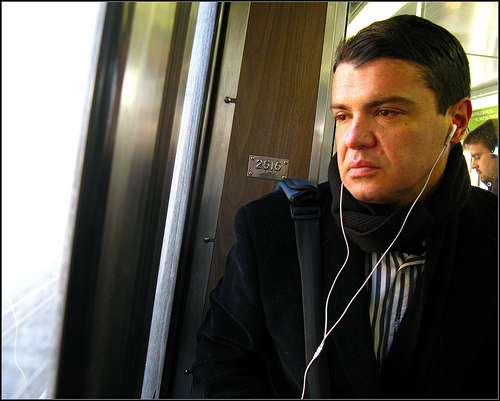
Same as it ever was by TheeErin on flickr (licensed CC-BY-SA)
Go abstract
A boring subject can be transformed into something else by photographing the subject in such a way that the typical form of the subject is no longer obvious. A good way to do this is by taking a close-up of some detail of the subject.
Abstract photography is concerned with capturing shapes and lines rather than a specific subject. For 3D objects that are a single color, lighting can be very important, as it determines the way shadows fall (or don't). The shadows of a 3D object will then create the lines and shapes.
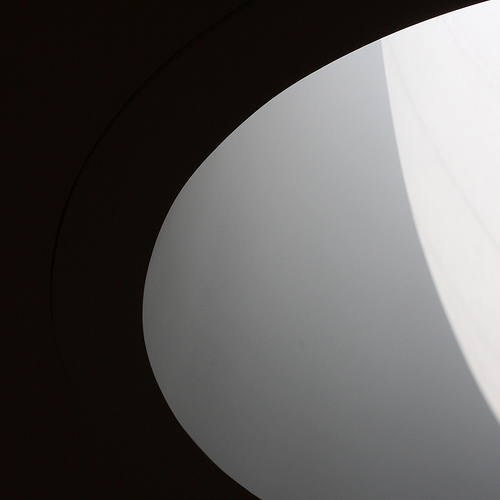
Flickr contacts by kevin dooley on flickr (licensed CC-BY)
Set a challenge with specific restrictions
There's nothing quite like a challenge to force you into action and get you thinking creatively. There are many photo challenges available on the web, or you may decide to set your own challenge.
When setting a challenge, it needs to be actually challenging. Just 'take a nice photo' does not count as a challenge. You need to add some restrictions in, such as a photo of a certain color. Or a photo taken only using a specific focal length.

open onion by Darwin Bell on flickr (licensed CC-BY)
The more restrictions you put on the challenge, the more it makes you think, and the more likely you are to take an interesting photo that meets the challenge requirements, that you wouldn't have otherwise thought about. Don't add too many restrictions though, you don't want to find it too hard to find a suitable subject.
Try some photo processing
Play around with your photo in image editing software such as Lightroom, Photoshop, or the GIMP. Try converting it to black and white. Add different filters, try duplicating the layer and changing the blend mode. Just experiment and see what works.
If you have a few different photos, you may want to try blending them together. You can try creating a double exposure, or a full blown photo montage, with different parts from different photos all arranged to make one completely new photo.
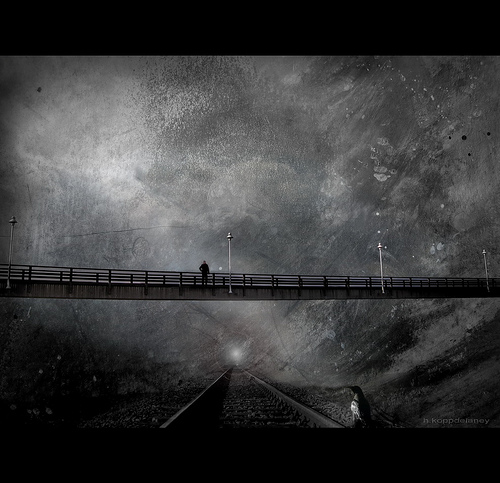
Thanatos -Transit by h.koppdelaney on flickr (licensed CC-BY-ND)
As well as helping to improve a boring photo, this process can also be very useful in helping you to learn the different editing tools and techniques, and what effects they have.
Try a different perspective
Try shooting a subject with a different perspective to what you would usually use. Use a wide-angle focal length and get close-up, or use a telephoto focal length and move further back.
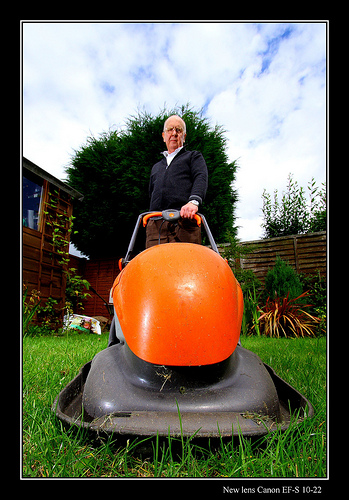
Wide Angle - New lens by Dave-F on flickr (licensed CC-BY)
The difference in field of view between wide angle and telephoto focal lengths, combined with how far you stand away from the subject when photographing them, can result in very different photos.
Try a different angle
Photographing a boring subject from an unusual angle can also make quite a difference to your photo. Try getting down very low, on the level with, or even below your subject.
Or try getting up above your subject. Both can give you views that you wouldn't otherwise see, and make a boring subject more interesting.

workstation by striatic on flickr (licensed CC-BY)
Try a new technique
Look at putting into practice a particular photographic technique that you don't normally use. For example, if you typically only take photos in natural light, you might try learning how to take photos using flash.
This is similar to setting a challenge, but the challenge in this case is to master a new technique. Just like other challenges, learning a new technique will likely make you see potential photos that you wouldn't have thought about otherwise.
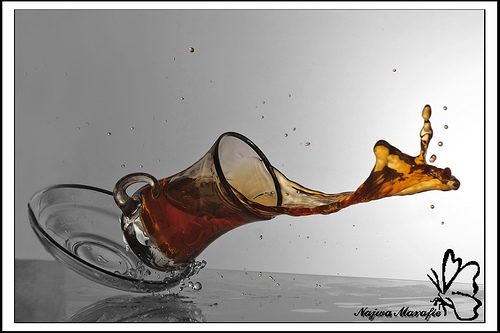
Nothing more than a tea by Najwa Marafie - Free Photographer on flickr (licensed CC-BY-SA)
A new technique can also help you represent a subject in a different way to how it would normally be seen. For example, photographing a subject as a Photogram, Slit scan image, or photographing it in infrared will all give very different (and often more interesting) results than photographing a boring subject normally.
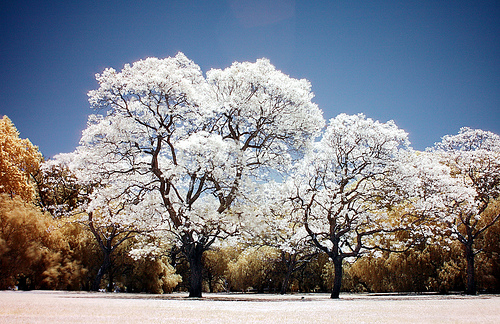
Jacaranda Trees by lrargerich on flickr (licensed CC-BY)
Really, is there any such thing as a boring subject? How boring the photo comes across is all up to you as the photographer.





Worth reading photography thoughts. Thank you for the sharing those thoughts which can tickle a photographer’s mind to become a better photographer.
Regards,
John Ragai aka Johnragai